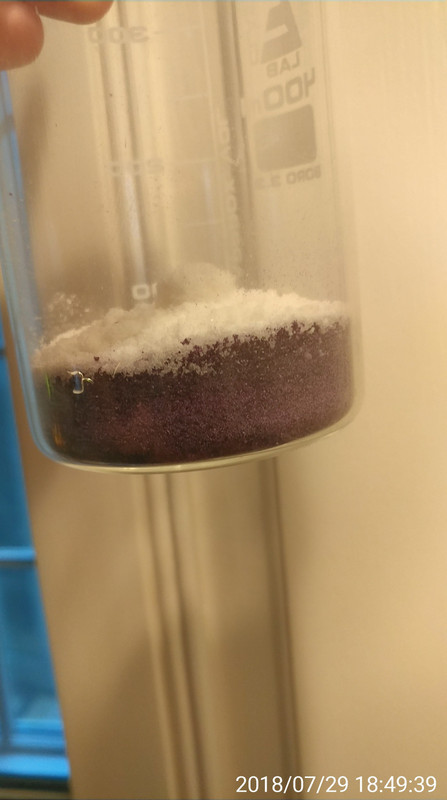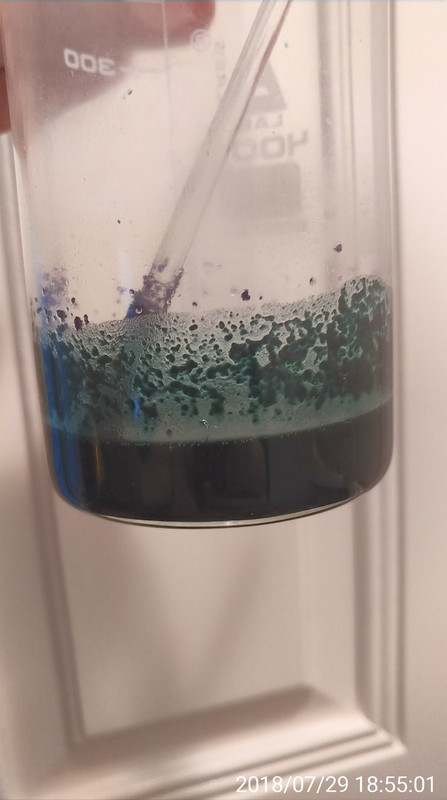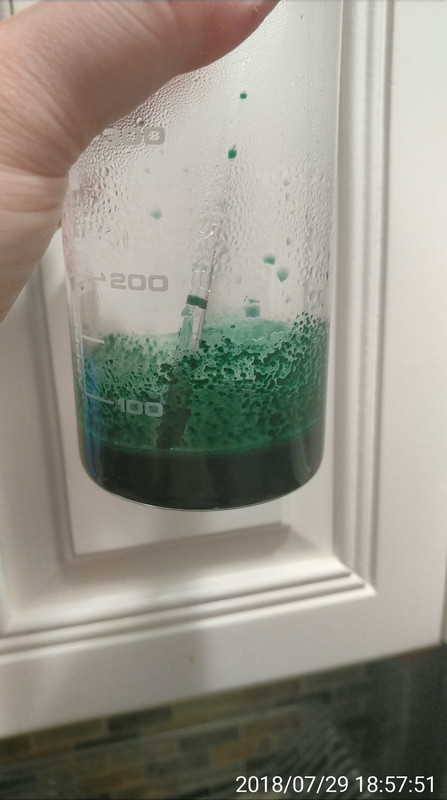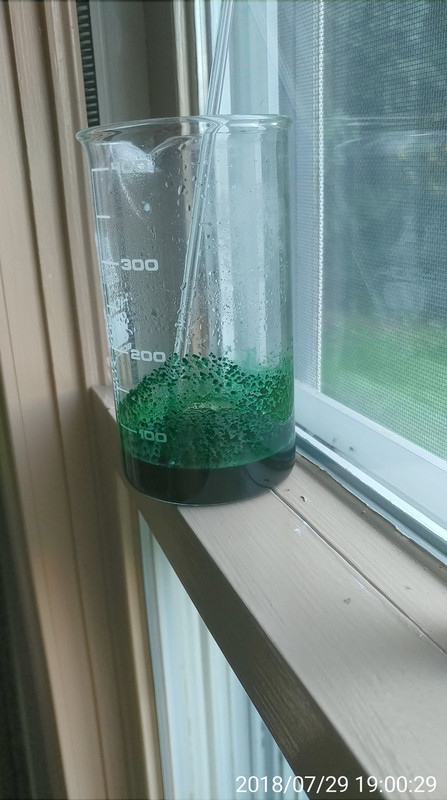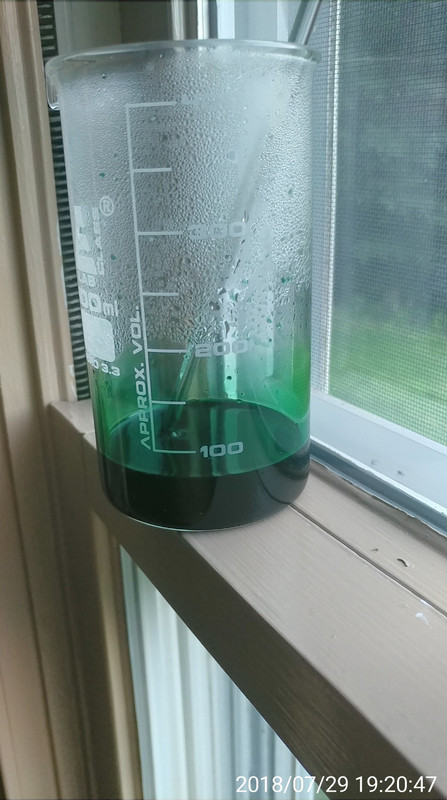I used to think the same as you, but then I tried it...
The boiling does smell fishy because in the beginning, the trimethylamine that's initially in there (typical of commercial samples) boils off, but
later it doesn't smell fishy and the freshly crystallised crystals don't smell fishy at all either. It's only upon aging that the characteristic odour
develops again.
For all intent and purposes, the crystals are dry except for trace water. If you do it, you will see.
I think the viscous liquid is molten choline chloride. I didn't measure the temperature, but it was @#!%! hot at the end (gas burner on full with a
large skillet pan over the flame). Luckily I had a hunch that it was dry and so turned off the gas. I was pleasantly surprised when cooling that
everything solidified into a crystal mass.
My point... you CAN simply just boil it down, so long as you know where to stop it. Anyway, if you stop it too early and it's too 'wet' when cooled,
just turn up the heat and heat some more. |




 :
:




 JK
JK
 It ended up clearing nicely and has remained liquid this whole time. So it looks like drying the choline chloride and
intimately mixing the reagents before melting them together is the way to go.
It ended up clearing nicely and has remained liquid this whole time. So it looks like drying the choline chloride and
intimately mixing the reagents before melting them together is the way to go.







 I could make fresh stuff that smelled fine, but after a couple of weeks...
I could make fresh stuff that smelled fine, but after a couple of weeks...






